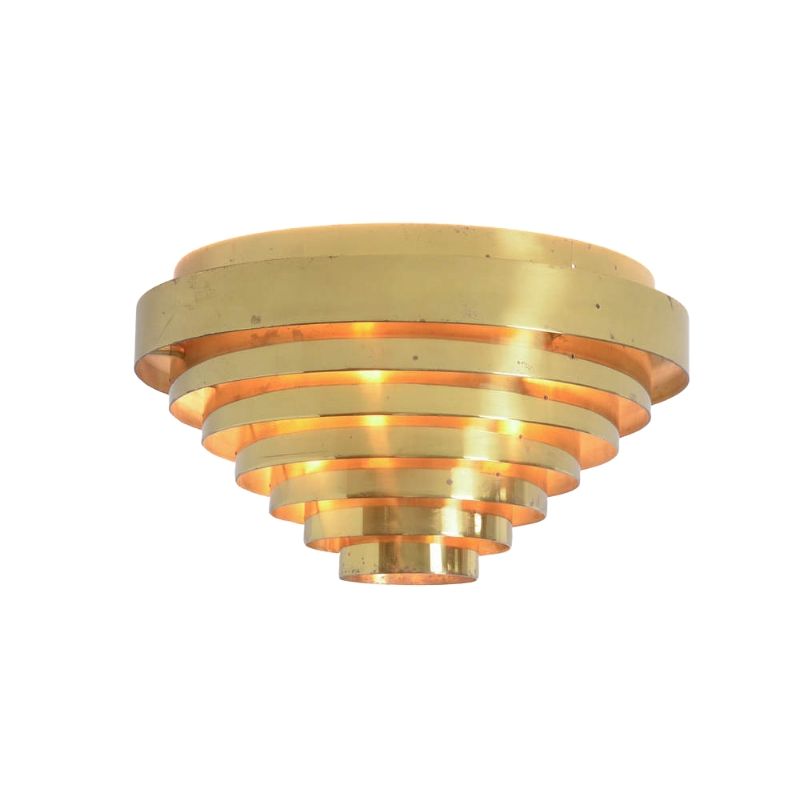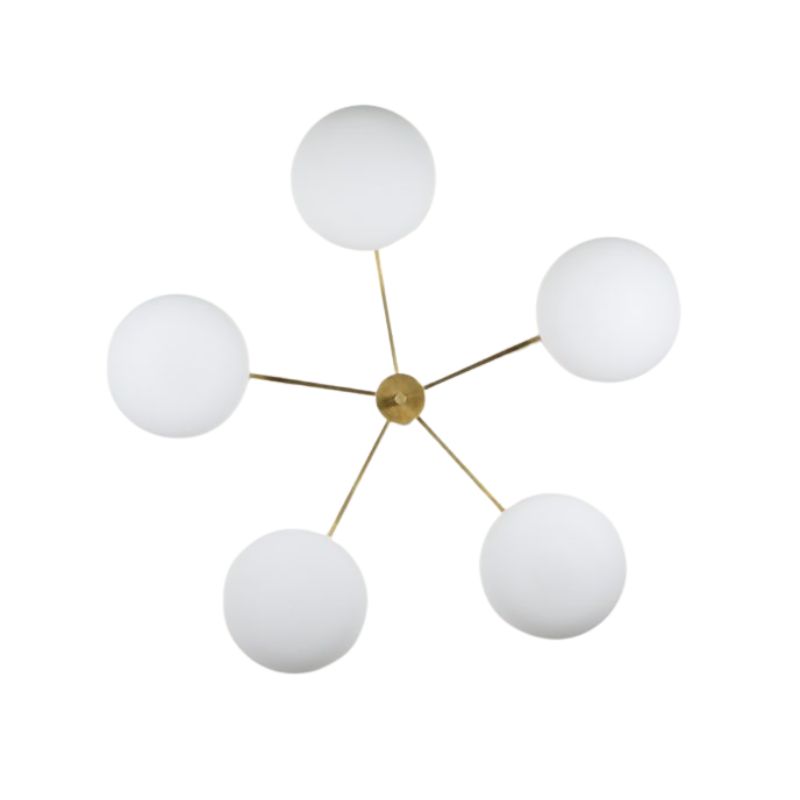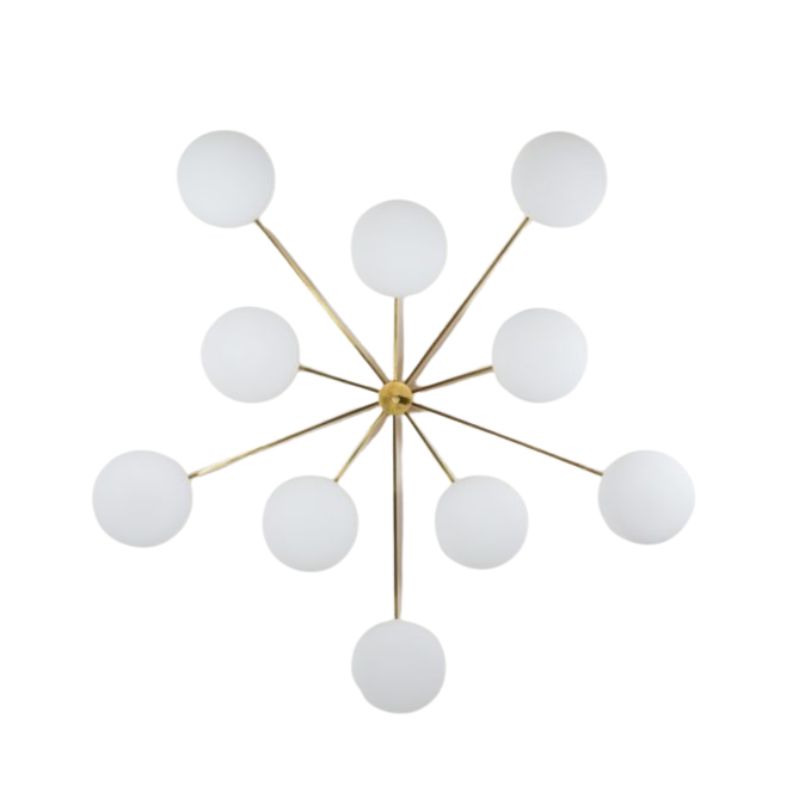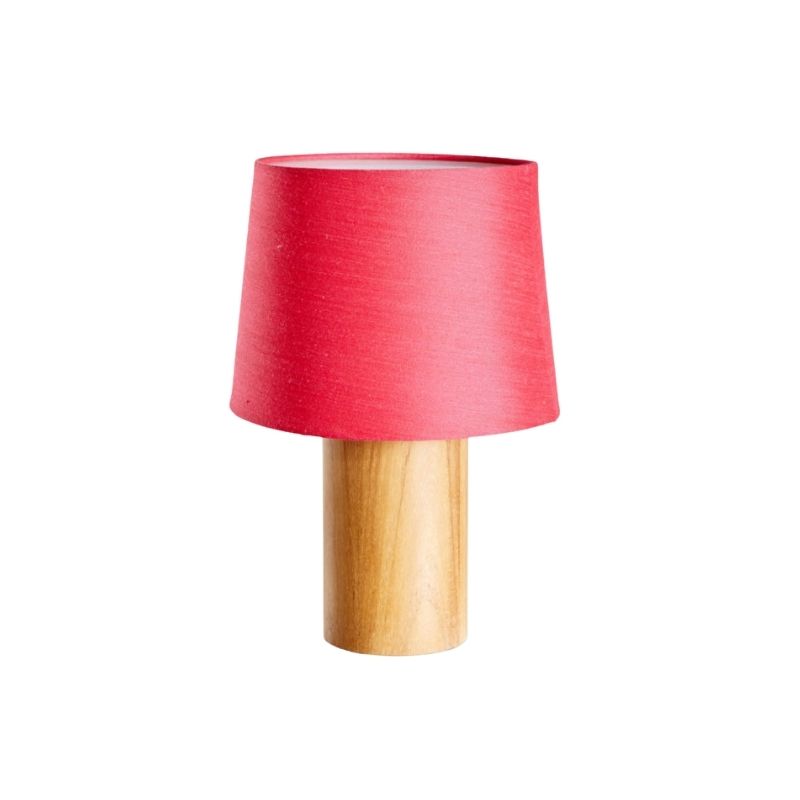I don't have a great photo of the side of the wishbone, but I remember only two pieces, and the photo I have certainly looks like it is only two pieces.
It may be possible that at some point in time Carl Hansen decided that to go with a 3 ply wishbone. I really don't know.
The stamped number and initials look very right though. You might even try and see if you can find another wishbone with the same initials penciled on.
How far off are the numbers? I would not be surprised at all if the dimensions have changed a bit from time to time.
To follow-up:
I spoke with Valentina at Carl Hansen in Copenhagen. She was very helpful and seemed genuinely interested in the identification of these chairs. I sent her many pictures...
A few days later I did hear back (via email) from a New York CHS representative. He said he'd spoken to Denmark about the chairs.
They did ID the Numbers, 1 and 3 as the mark of the Carpenters who constructed the chairs. Also the penciled name, in this case "Kay" as the mark of the weaver who did the cording. Through these two identifying marks, according to their records, they were able to positively Identify the chairs as originals and trace the provenance to the early 1950's.
Great thread! Was there ever any resolution on the finish?? We have four of these and have been using plain lemon oil on them. They are from two different homes, different ages (I believe 2 are from the early 1950s and two are later, maybe late 60s). The older ones do not appear to have any kind of finish at all (maybe a penetrating oil originally?) and we've been using lemon oil on them. The newer ones definitely have some kind of finish. They have a slight sheen.
In my opinion, it's an oil finish that was possibly not ever (or rarely) topped off by the owners over decades. This would result in a very dry look, i think. Oak isn't oily by nature the way teak or rosewood is, so it would follow that it could end up looking pretty dry if not oiled once in awhile.
As for lemon oil, my experience with it on oak is that it's too light an oil to have much lasting effect. I used it on some Wegner oak chairs and within weeks they looked like they hadn't been oiled at all. Now I just use teak oil.
I am working on a set of early CH23 chairs now have a fair amount of sheen to them and I think it's just from the type of oil used. Some has more varnish than others. Or maybe it's just that they were used a lot and have that ideal kind of patina that develops---i dunno. I noticed when removing the old weaving that the oak in hidden areas, like the legs between the two side seat rails, is quite dry and lighter in color, too.
Nice to hear that Carl Hansen confirmed the authenticity of the chairs. I am glad to know that the stamped numbers were the identifiers for the carpenters who built the frames, and the pencil marks are the signatures of the weavers.
The reason lemon oil does not last is that it is not a drying oil. It evaporates over time. And the surface will feel oily until it has evaporated. Linseed oil, by contrast is a drying oil, which is to say that it undergoes a chemical change as the oil oxidizes. There may be varnish in various canned oil preparations, which is basically a hard resin dissolved in the solvent in the can.
Generally teak oil is boiled linseed oil, varnish, and solvent.
So when you apply teak oil, it will stay on the chair unless it is physically worn through.
Some of these wishbone chairs had a soap finish, and some were fumed oak. At this age it is a little hard to sort out what the original finish would have been. White oak eventually darkens to the color of fumed oak. (Fuming was invented as a faux aging process). Alkaline substances will also speed up this darkening. Soap is an alkaline substance. So maintaining a soap finish can darken the wood faster. Also, ammonia is more present In the air in certain environments than others, and it fumes the oak. In short a natural color soaped oak wishbone and a fumed (smoked) wishbone at 60 years of age may well look the same.
If you need any help, please contact us at – info@designaddict.com









